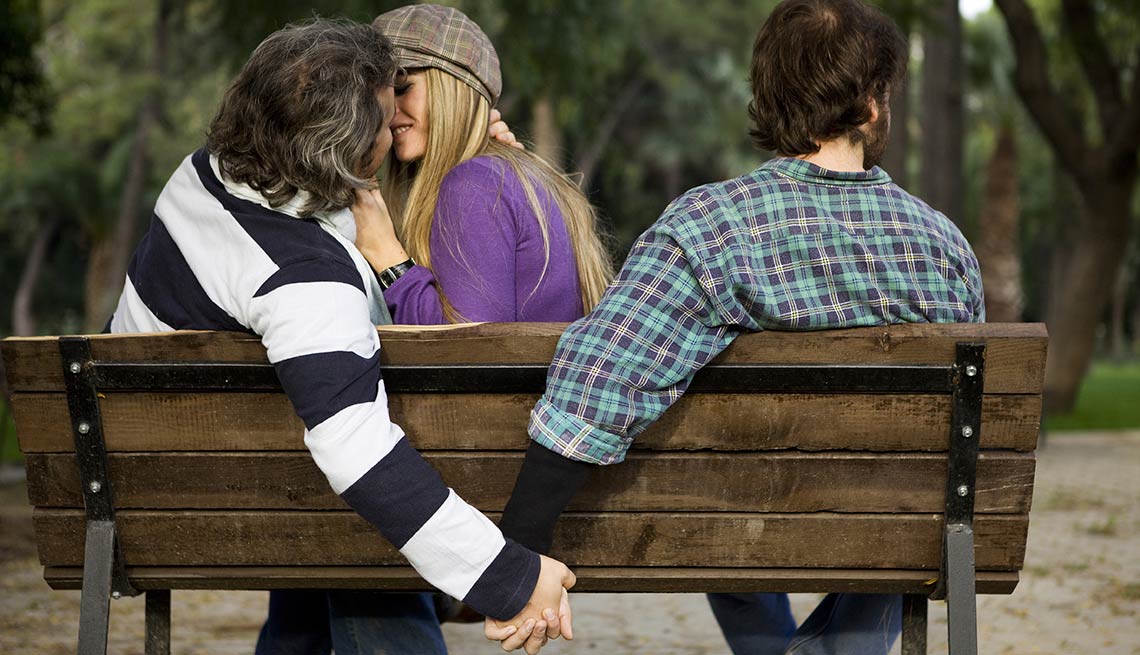



His case studies, while they did contain some negative stereotypes, were among some of the first to include positive statements regarding queer people. The psychology behind bisexualityĪccording to an article written in TIME magazine, one of the earliest researchers to examine bisexuality was Havelock Ellis, a psychologist from the United Kingdom who lived from 1859 until he died in 1939. Qnotes has created a guide for bisexual history to honor the “invisible majority” in our community. People might say, ‘Oh, you’re not really committed to this relationship because your last partner was the other gender.’”Īccording to GLAAD and the Bisexual Resource Center, bisexual-identifying people experience greater levels of anxiety and depression, as well as a higher STI contraction rate than their heterosexual, gay and lesbian peers.īisexual Visibility Week is celebrated every year from September 16 through September 23, and it serves as a reminder to people in the LGBTQ+ community and its allies that bisexuality is real and valid. “There’s this assumption that you’re either gay or straight and you will ultimately fall to one side or the other. In an interview with The Hill, V Varun Chaudhry, a cultural anthropologist at Brandeis University who studies gender and sexuality, shared her thoughts on the matter. In an article found in TIME magazine, many “toxic misconceptions” have surrounded bisexual people, including labeling bisexuals as promiscuous and unfaithful, confused or experimenting, lying about their orientation for attention, or simply identifying as bisexual for “the trend.”Ī 2019 study showed a majority of people who identify as bisexual experience bi-negativity “from both heterosexuals and lesbian and gay individuals, as well as the LGBTQ community more broadly.”


 0 kommentar(er)
0 kommentar(er)
